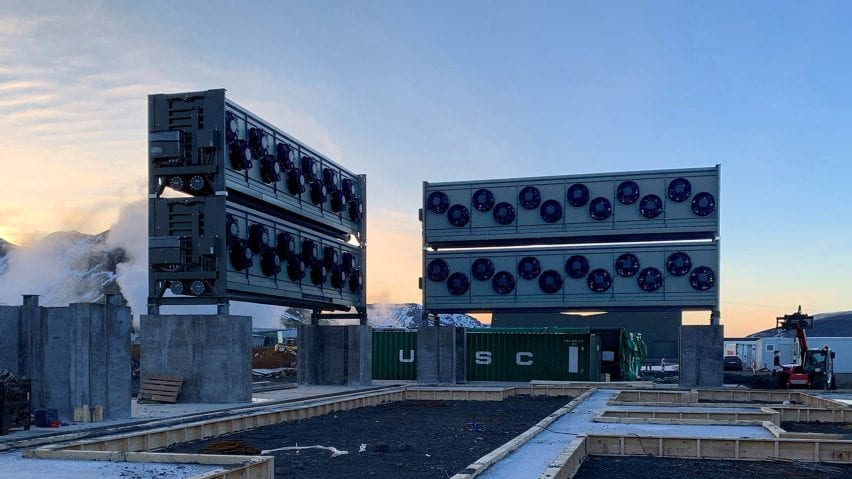
This week we launched our carbon revolution series
This week on Dezeen, we kicked off carbon revolution, an editorial series exploring how carbon could be removed from the atmosphere and put to use on earth.
Launched with an opinion piece written by Dezeen founder and editor-in-chief Marcus Fairs, the series focuses on how the miracle element is beginning to be seen as a potential saviour of our civilisation, rather than its nemesis.

The element is the most valuable resource on earth according to Climeworks, which has developed machines that suck carbon from the air.
"We capture CO2 from the atmosphere," said Christoph Beuttler, head of climate policy at Climeworks. "We're mining the sky because there's too much carbon in it."
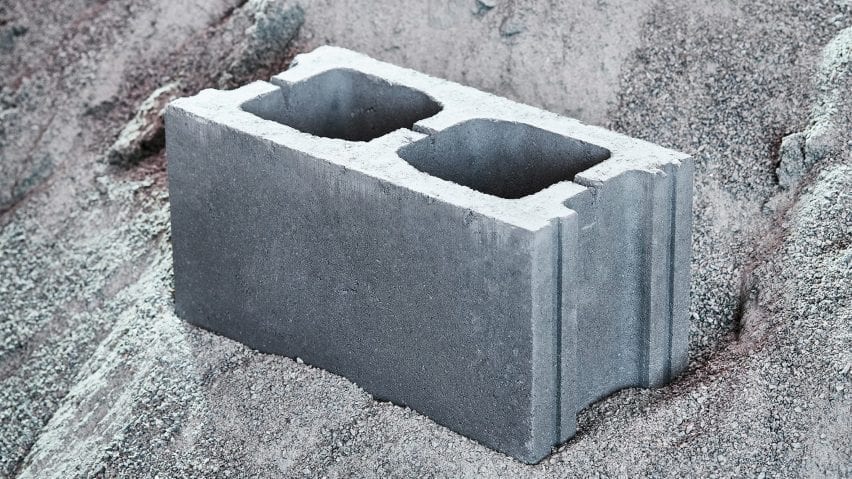
We also spoke to Montreal company Carbicrete, which has developed a method for sequestering carbon in concrete.
"We're taking CO2 out of the system every time we make a block," Carbicrete CEO Chris Stern told Dezeen.
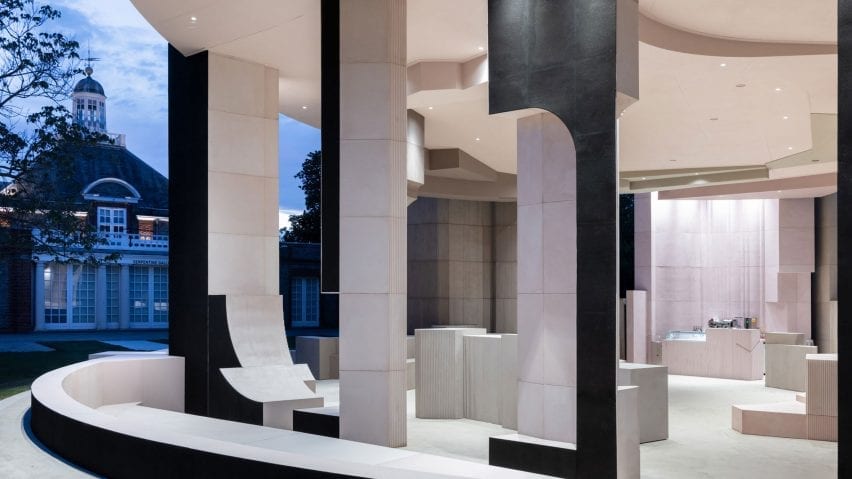
Following scepticism over claims that this year's Serpentine Pavilion is carbon negative, construction consultant AECOM shared a report with Dezeen that showed it removed 31 tonnes of carbon from the atmosphere. As a result, the structure can claim to be carbon negative.
"The total cradle to grave embodied carbon emissions of the pavilion are -31,000 kg of CO2 equivalent," the report states.
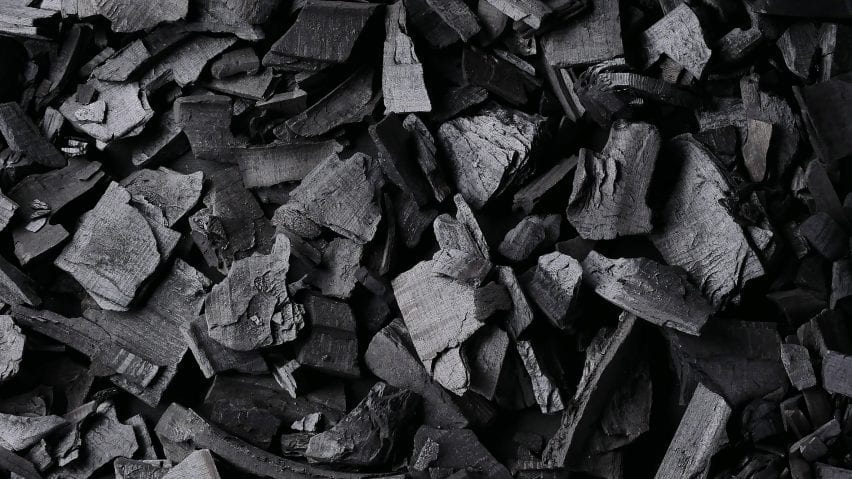
This week we also published the Dezeen guide to carbon as the latest in our growing series of Dezeen guides.
The guide aims to debunks all the jargon around carbon and explain what the material is and how it contributes to climate change.
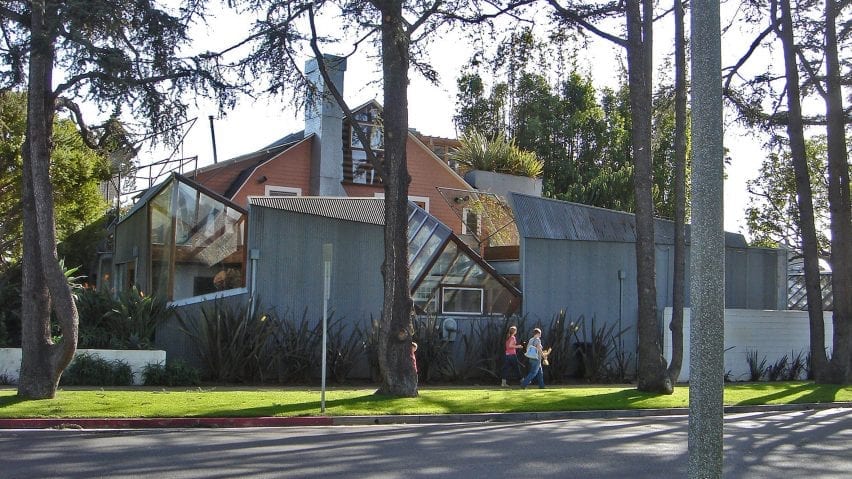
In an interview, architect Frank Gehry explained how his seminal homein Santa Monica caused friction with his neighbours when it was first built.
"The neighbors got really pissed off," the Pritzker Architecture Prize-winning architect told PIN-UP magazine. "The neighbor two doors south of me was a lawyer. She complained to the city and filed a lawsuit."
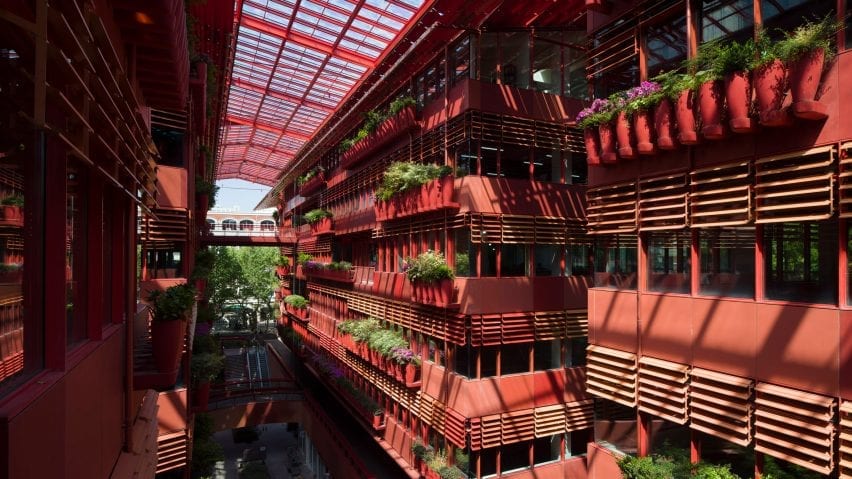
Popular projects this week included a red shopping street by Jean Nouvel, a small holiday home that overlooks a lake in central Chile and a red-brick office by 3XN in Stockholm.
Our lookbook this week focused on one-wall kitchens designed by architects that free up floor space.
This week on Dezeen is our regular roundup of the week's top news stories. Subscribe to our newsletters to be sure you don't miss anything.